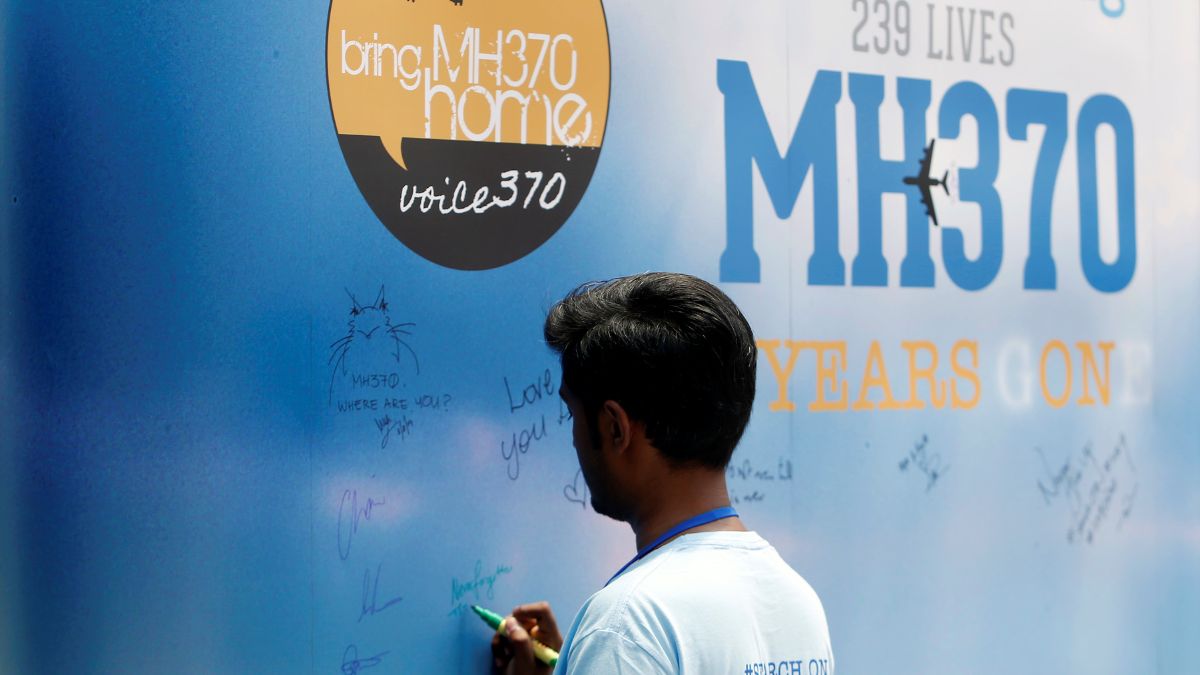The Malaysian government has reignited its search for Malaysia Airlines Flight MH370, one of aviation’s most enduring mysteries. Transport Minister Anthony Loke recently announced that a new agreement with US-based marine robotics firm Ocean Infinity has been approved in principle.
Under this “no find, no fee” arrangement, the company will receive $70 million only if significant wreckage is discovered. The deal is set to be finalised in early 2025, with the optimal search period identified as January to April.
“Our responsibility and obligation and commitment is to the next of kin,” Loke stated during a press conference. “We hope this time will be positive, that the wreckage will be found and give closure to the families.”
The announcement has brought a mix of hope and emotion to the families of those aboard MH370 . The New Straits Times quoted Jacquita Gonzales, the wife of inflight supervisor Patrick Gomes, who called it “the best Christmas present ever.”
Intan Maizura Othaman, whose husband was a cabin crew member, told papers, “This announcement stirs mixed emotions — hope, gratitude, and sorrow. After nearly 11 years, the uncertainty and pain of not having answers have been incredibly difficult for us.”
Jiang Hui, whose mother was on the flight, welcomed the decision but urged the Malaysian government to adopt a more inclusive approach. “We hope the Malaysian government can adopt a more open approach, such as offering a public reward system where anyone can participate in the search,” he told Reuters.
Why has Malaysia revived the search?
Ocean Infinity plans to search a newly identified 15,000-square-kilometre area in the southern Indian Ocean, using improved technology and data refined by expert analysis since their previous attempt in 2018. CEO Oliver Plunkett expressed confidence in the mission, citing advancements in underwater robotics and data interpretation.
In 2018, Ocean Infinity conducted a six-month search under a similar “no find, no fee” agreement but ended without success. This time, the firm’s new mission is bolstered by advanced technology and credible data reviewed by Malaysian authorities.
“The data has all been presented. Our team has gone through and they felt that it is credible,” Loke said. The “no find, no fee” arrangement ensures fiscal prudence while maximising the chances of success.
“At this point of time, nobody knows for sure. It has been over 10 years,” Loke admitted.
What happened to Flight MH370?
Flight MH370, a Boeing 777 carrying 227 passengers and 12 crew members, disappeared on March 8, 2014, while en route from Kuala Lumpur to Beijing. It lost communication with air traffic control 38 minutes after takeoff over the South China Sea.
Military radar later tracked the plane as it deviated from its planned path, crossing the Malay Peninsula and the Andaman Sea before vanishing entirely 200 nautical miles northwest of Penang Island.
The disappearance of MH370 is widely regarded as aviation’s greatest mystery. Debris confirmed to be from the aircraft has washed up on the shores of Africa and Indian Ocean islands, but the main wreckage and black boxes remain elusive.
Speculation thrives as search continues
The search for MH370 has been the most expensive in aviation history, costing over $150 million. Initial efforts focused on the South China Sea and Andaman Sea before a novel analysis of satellite communications indicated the plane had travelled far southward over the Indian Ocean. Despite searching a 120,000-square-kilometre area, no wreckage was located.
Speculation about MH370’s disappearance has ranged from technical failures to deliberate actions.
A 2018 investigative report suggested that the plane’s controls were likely deliberately manipulated , though it stopped short of assigning responsibility. The investigators highlighted at the time that “the answer can only be conclusive if the wreckage is found.”
Investigators also ruled out suspicious activity in the backgrounds of the captain and co-pilot, as well as the flight’s cargo manifest. Despite this, conspiracy theories persist, including claims of hijacking, government involvement, and even a mid-air collision.
Also Read | Who were the Indians on board Malaysian Airlines Flight MH370?
With inputs from agencies


)

)
)
)
)
)
)
)
)



